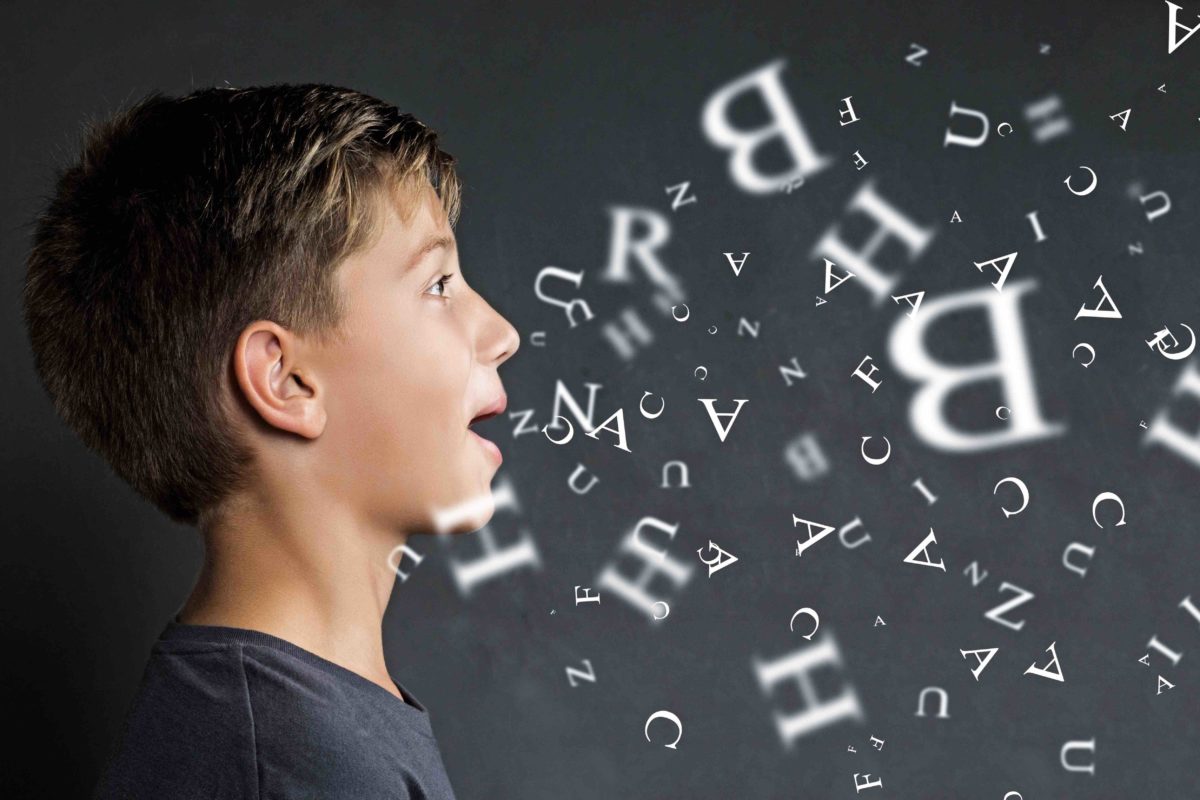Alright, here’s something pretty radical that’s catching fire in the world of academia. We’re talking about speech recognition technology. We’re talking about how this could definitely be what changes the game for language practice in schools. Imagine you study French, Spanish, or any other language, and you have an ideal assistant who listens, corrects, and even speaks with you. Is it some kind of sci-fi? But it exists!
TALKING TECH IN CLASSROOMS
What is the big deal about speech recognition software in language classes? It is comparable to placing at the service of each and every student an indefatigable, infinitely patient personal assistant. Such tools listen to the students speaking a foreign language, seize all the mistakes, and give instant feedback. It is literally having a private language coach on permanent standby.
REAL CONVERSATIONS, REAL FAST
One of the most difficult things in learning a new language: Textbooks are great, but the pages never talk back. That’s where speech recognition https://lingvanex.com/translation/english-to-tagalog comes in. The software literally talks with the student. The student is able to ask the software questions, make mistakes, and correct them, learning just as one would in an actual conversation.
PERFECTING THE ACCENT

Accent and pronunciation are one of the most difficult areas when it comes to learning the language. This technology listens to how a student pronounces words and encourages changing the accent toward one that mimics a native speaker much closer. Think of it as having that friendly guide nudging corrections till perfect.
MAKING LEARNING FUN AND INTERACTIVE
Let’s face it: learning a new language, at times, could be a very boring thing. But in using speech recognition, the procedures turn into something like the way a language class is converted into a video game. Learners will not feel that they are in the process of learning a language but will actually enjoy participating in interactive, playful activities, speaking tests, and fun exercises.
CHALLENGES? SURE, BUT WE’RE GETTING THERE
Sure, it’s not all roses. The technology is not perfect. There might be problems in the recognition of some dialects or with the noise in a room. But then, that’s technology; it’s supposed to get better, right? The potential benefits to language learners in all this are too great to overlook.
THE FUTURE OF LANGUAGE LEARNING
We are stepping into the future, whereby learning a new language at school—through speech recognition technology—can become way more effective and fun. Basically, it’s providing many more interactive and engaging ways for students to practice speaking, and secondarily, listening. And who knows, maybe it’ll even spark a love for languages that lasts a lifetime. So there you go: speech recognition could make an outstanding contribution to the way languages are taught at school. No more boring things with many exercises, rules of grammar, and so on—just speaking, listening, and what is most important: having fun from learning a new language. It sounds wonderful, doesn’t it?